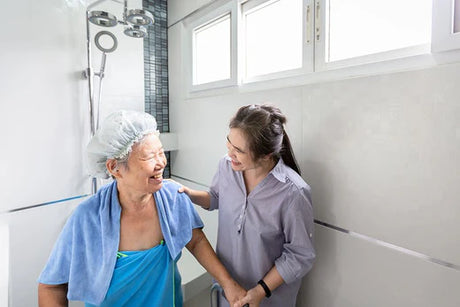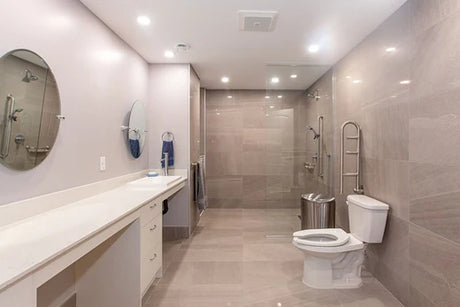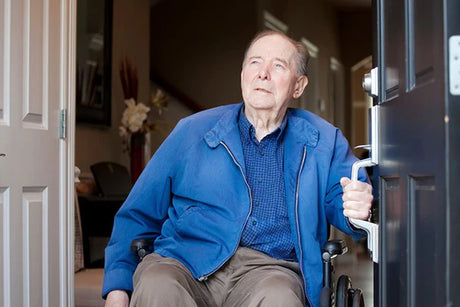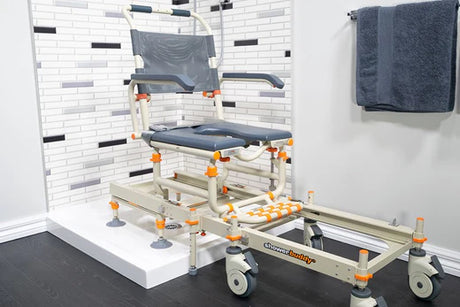Make sure it’s the right time by consulting with your OT
Then there is the other important consideration that you need to work through – is the degree of disability going to allow toilet training to be possible, even long term? Many of our disabled community do not have this option. Instead, toilet training may be more centred around how to make the use of a portable commode more seamless or ensure changing is hassle-free for everyone.
Build a plan together with the OT and your child
As you work with your occupational therapist on the process of toilet training, take care to include your child if they are able to communicate and understand what it is you’re trying to do. Having your child’s buy into the process can make each day’s training much less stressful.
What you do need to remember is that a toilet training process for a disabled child will look different from that which a child without mobility impairment goes through. It might also mean that the starting age of toilet training is later than it might otherwise be.
In your plan with the OT, you’ll want to understand:
- What tasks will you as the parent be responsible for?
- What moments/behaviours are you looking for from your child?
- What are the key milestones and what does ‘fully toilet trained’ actually mean for your child given their level of impairment?
- How will your child ideally communicate their need to use the bathroom?
- What equipment do they need to use a potty and ultimately the toilet?
- Will incentives help your child stay focused on the goal?
- Which bathroom will they be using and how will they access this?
- What comforting factors can you introduce to avoid your child being frightened of the process?
- Is a commode and/or bathroom mobility system part of the long term care plan?
- If so, does the training need to be around getting familiarised with this equipment?
You might also need to start with one version of a plan, see how it goes and review again after a week or so. The OT will be able to guide you on this as well.
Do some practice when the pressure isn’t on
Instead, do some practice when there’s not a bowel motion involved. They can go through the communication of needing to go (whether that’s a physical gesture or through talking), accessing the potty or toilet, and what happens afterwards. All this can happen whilst clothed and in a calm state.

Remove barriers to entry within the bathroom
When time is of the essence and mobility equipment may be involved, any obstacles between your living areas and the bathrooms can make it hard to get there in time. Remove furniture, toys, rugs, and any other objects that could catch on equipment or trip you up.
The bathroom should also be easy to access, with the door left open and kept flush against the wall with a door stop.
The toilet should also be accessible, either with fixed equipment or via an all-in-one bathroom mobility system (more on this in a bit).
Make the toilet and bathroom look friendly and comforting
The bathroom might feel like just another room to us, but to children it’s the source of much mystery until they start using the toilet regularly. Your child may become frightened at the light and sounds of a busy bathroom, and the toilet may represent a hazard to them. Many children approach their first toilet experiences with some trepidation given the risk of falling in.
Ensure that you’ve put in the right assistive equipment (such as a raised, smaller toilet seat) in place, and found ways to introduce some familiar elements – this could be a poster on the wall next to the toilet, or perhaps some favourite bathroom toys.
This is all about making using the toilet seem like fun instead of something to be scared of.
Use rewards for following the plan
Having some incentives for children who can understand a rewards-based process can help in two ways; first, our children, like us, usually respond better with positive reinforcement and clear goals. Secondly, it can help in your goal to recontextualise the bathroom as a happy place, not something to be feared.
Rewards can range from treats to playing with a toy to having their favourite TV show put on afterwards. We’ll leave that one in your hands!
Don’t expect perfect results quickly!
Patience is key here. Toilet training can take weeks, months or years depending on your child and their readiness or ability to transition from nappy to toilet or commode.
If you are concerned that progress is not being made to plan, talk to your occupational therapist who will provide guidance or alter the plan accordingly.
Expecting a great outcome prematurely can place undue pressure on your child, which may lead to even more reluctance around toilet training.

Milestones
Set smaller milestones between today and ‘fully toilet trained’
As we covered earlier, ‘fully toilet trained’ for a disabled child may not be achievable in the foreseeable future; many disabilities such as severe spinal injuries can prevent total control of bowels, or certain levels of cognitive disability may prevent effective communication. What the end goal looks like to you and your family is a matter to be determined with your child and OT.
As toilet training (in any form) takes time, it’s important to celebrate the smaller victories. This may include:
- Telling you they have relieved themselves (increasing communication).
- Telling you they need to go (even if they don’t make it in time).
- Sitting on the toilet or portable commode for the first time.
- Using their bathroom mobility equipment (like a PetiteBuddy equipped unit).
Recognising progress will keep momentum going – simply break down the plan into the main behaviours and work towards each one at a time!
Consider using assistive equipment like a bathroom mobility system
Children with a disability may need some support through equipment in order to use the bathroom. Instead of making permanent modifications to the bathroom which can be impractical and expensive, you may wish to ask your occupational therapist about a bathroom mobility chair from Showerbuddy. Depending on the configuration of your bathroom, these systems will enter a roll-in shower, clear a shower unit edge or even over a bathtub. These systems are also fully-functional toilet chairs that come with commode buckets. If you want to learn more about the range we provide, you can explore our products here. If you want to find out about funding for the chair, read our guides here.
Further reading on the topic
If you’re interested in learning more about toilet training a disabled or special needs child, read these excellent online resources:
- Toilet Training Children with Special Needs – healthychildren.org
- How to Potty Train Children With Special Needs – Verywell Family
- Cerebral Palsy and Toilet Training Tips – CerebralPalsyGuidance.com

![Toilet Training A Young Child With Mobility Challenges [And How A Shower Chair Can Help]](http://shower-buddy.com/cdn/shop/articles/toilet-training-disabled-child_520x500_a90e5234-d372-435d-aa56-8da15dd3836c.webp?v=1722557239&width=1600)














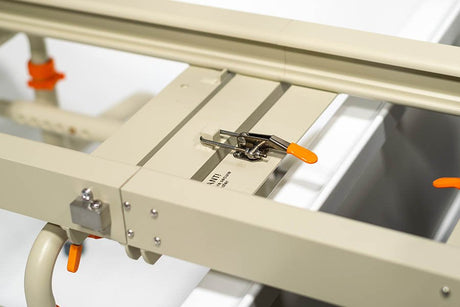











![Toilet Training A Young Child With Mobility Challenges [And How A Shower Chair Can Help]](http://shower-buddy.com/cdn/shop/articles/toilet-training-disabled-child_520x500_a90e5234-d372-435d-aa56-8da15dd3836c.webp?v=1722557239&width=460)







